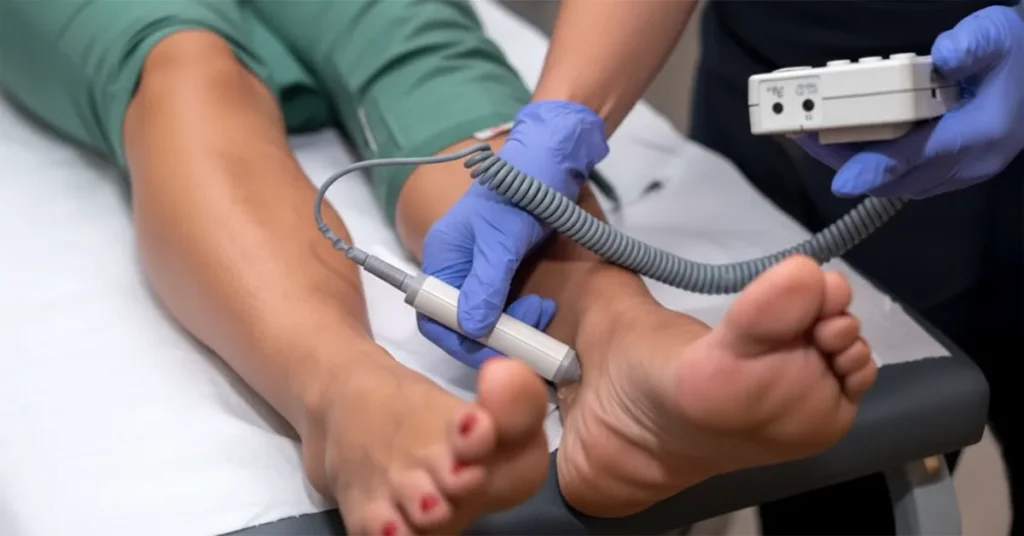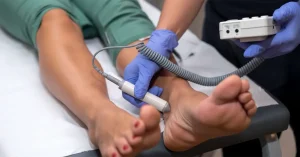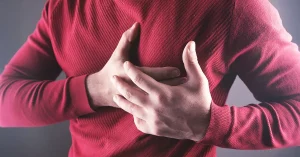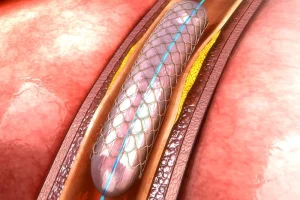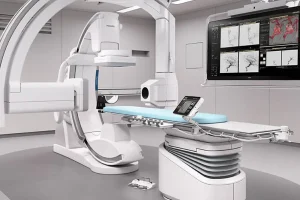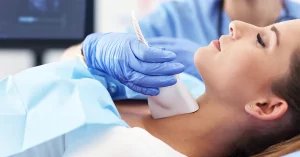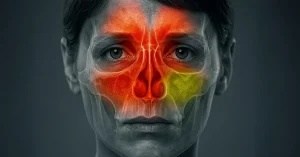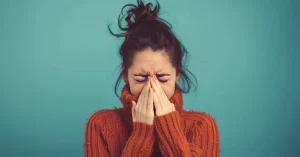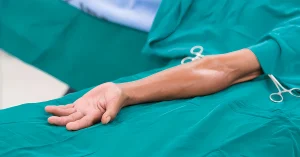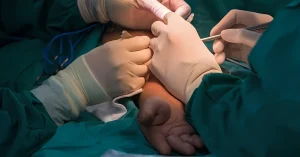Arteriopathy is a condition characterized by the narrowing or stiffening of the arteries, which leads to reduced blood flow to the limbs and vital organs. It is most often caused by atherosclerosis, vascular inflammation, or other chronic disorders. While it frequently affects the legs, it can also involve other areas of the body.
The management of arteriopathy combines lifestyle modifications, medical therapy, and, in more advanced cases, interventional or surgical procedures. The goal is to relieve symptoms, improve circulation, and prevent serious complications such as ulcers, gangrene, or thrombosis.
Medical Treatments
- Anticoagulant and antiplatelet therapy – to reduce the risk of blood clots.
- Statins and lipid-lowering agents – to control cholesterol and slow arterial plaque buildup.
- Vasodilator medications – to improve peripheral blood flow and reduce symptoms like pain or coldness in the limbs.
Lifestyle Modifications
- Balanced diet low in saturated fats, refined sugars, and excessive salt;
- Regular physical activity adapted to each patient’s capacity, such as supervised walking programs;
- Smoking cessation, which is essential since smoking accelerates arterial damage and increases cardiovascular risk.
Interventional and Surgical Procedures
- Angioplasty with or without stent placement – to reopen narrowed or blocked arteries;
- Bypass surgery – to restore blood flow in severe cases where endovascular techniques are not sufficient.
Massage Therapy in Arteriopathy
Massage therapy may serve as a complementary approach in the management of arteriopathy, with potential benefits for peripheral circulation. However, it must always be performed with caution and under professional supervision, as improper techniques can worsen vascular injury or circulatory issues.
Potential benefits include:
- Improved local blood circulation, helping reduce symptoms such as coldness, numbness, or tingling in the limbs;
- Pain relief and decreased discomfort, achieved through muscle relaxation and reduced local tension;
- Enhanced recovery after vascular procedures, by helping reduce swelling (edema) and soft tissue stiffness.
Precautions:
- Avoid deep or aggressive massage over areas with ulcers, inflammation, or fragile skin;
- Always consult a vascular specialist or physician before starting massage therapy;
- Massage should be seen as an adjunct to medical treatment, not a replacement.
Conclusion
The treatment of arteriopathy requires a comprehensive approach: medication, surgical or endovascular procedures, and lifestyle adjustments. Massage therapy can provide supportive benefits in improving circulation and reducing discomfort, but it should always be integrated carefully and under medical guidance.

